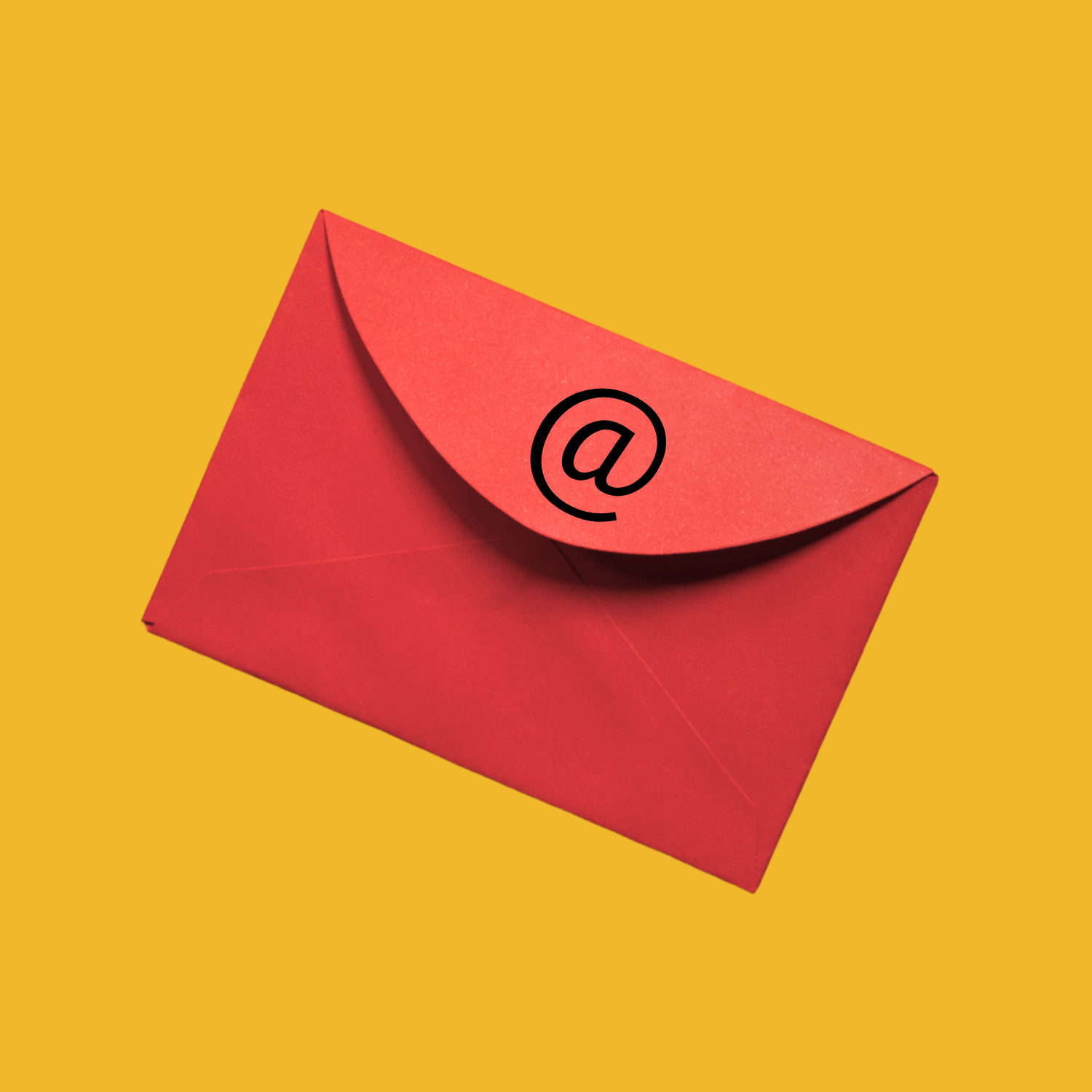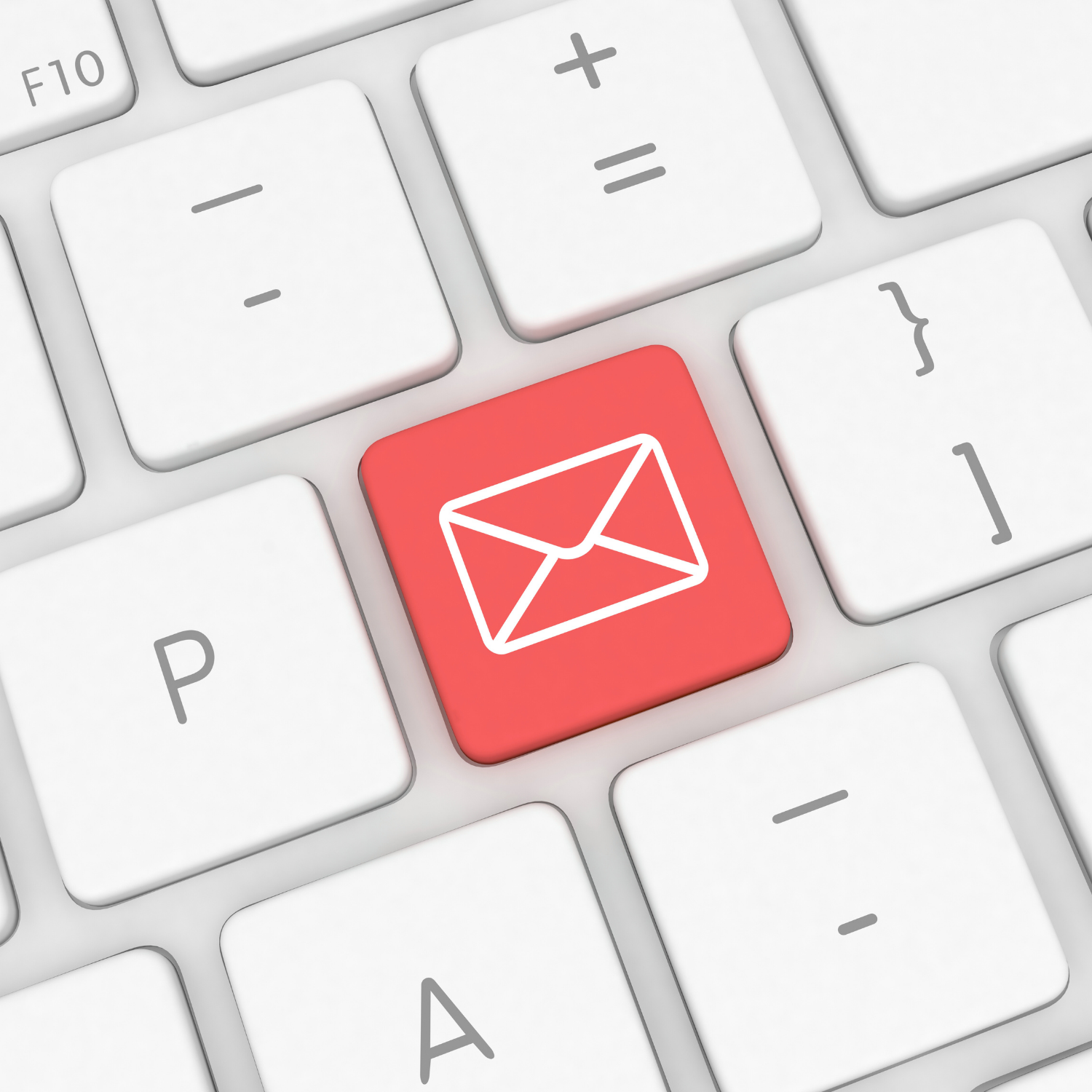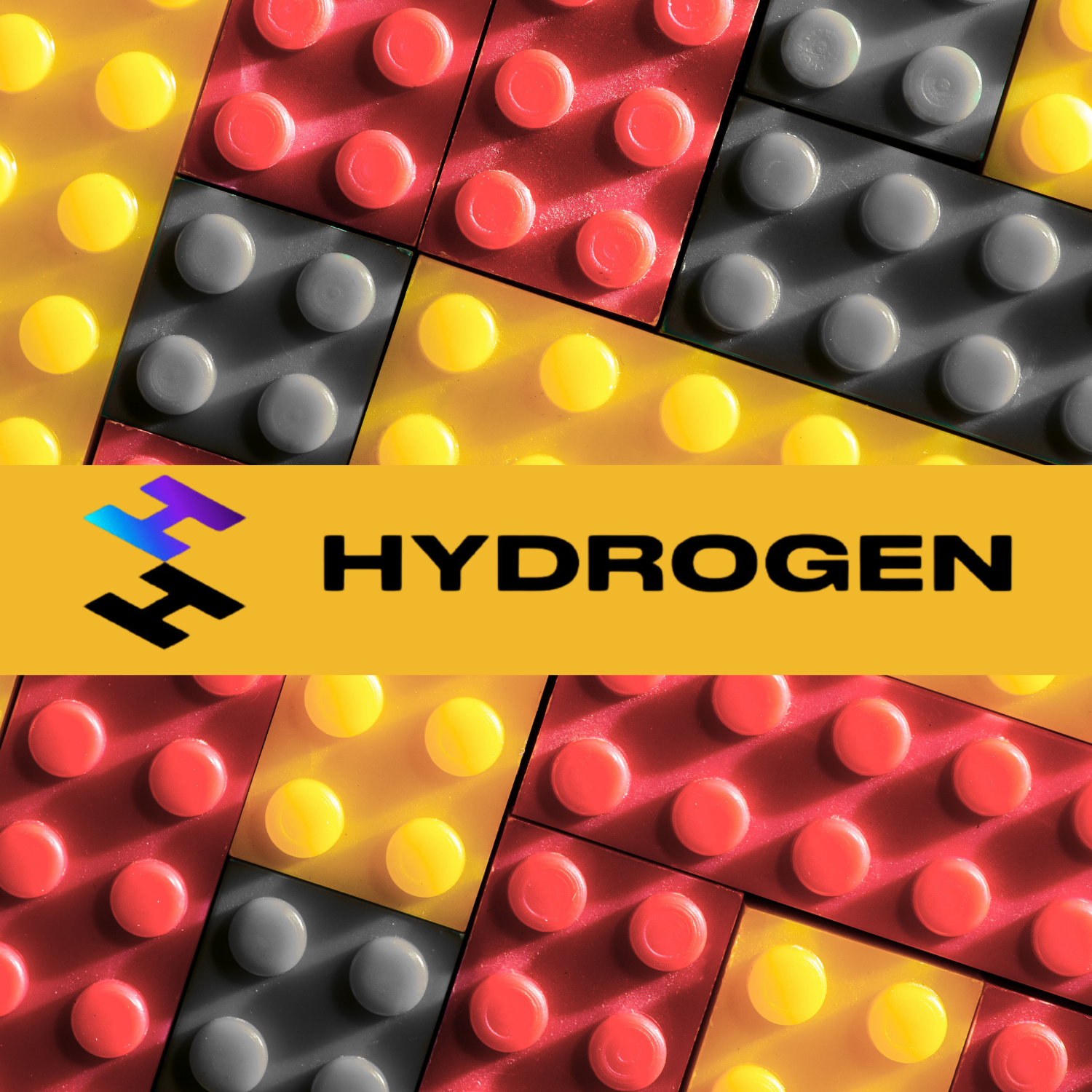Retention marketing is not about generic discounts or overused automations. It's about precision, timing, and relevance. A win‑back flow is one of the most underutilized but high-ROI lifecycle strategies when executed correctly. This guide breaks down the anatomy of a high-performing win-back campaign and provides a flexible, proven template you can implement immediately.
Why Win‑Back Flows Matter
Reacquiring or retaining a customer is significantly more cost-effective than acquiring a new one, especially when that customer has already shown a willingness to pay for your product or service. Most brands wait too long to re-engage lapsed customers, or worse, they deploy generic batch-and-blast discounts that erode margin and brand value.
A strategic win‑back flow reactivates lapsed users through emotional re-connection, value reminders, and timely incentives. More importantly, it helps shift customers from one-time buyers to long-term brand loyalists.
Let’s explore the anatomy of a successful win-back flow, and then dive into some basic win-back flow templates.
The Anatomy of a High-Converting Win‑Back Flow
This section breaks down each stage of a successful win‑back sequence with purpose, structure, and execution recommendations.
1. Email 1 - “We Miss You” (Day 0)
Purpose:
Re-establish emotional connection
This initial touchpoint should feel personal and authentic, not automated or transactional. The goal is to remind the customer that they’re seen, valued, and missed. Avoid jumping straight into a discount. Instead, focus on shared moments, brand values, and what made them choose you in the first place.
Key elements:
- Friendly tone with genuine warmth
- A nod to the customer's past relationship with the brand
- A soft call to action to explore new arrivals or blog content
- Optional teaser about what's coming if they stay tuned
2. Email 2 – “Why You Loved Us” (Day 3)
Purpose:
Reinforce brand value and product satisfaction
This email should highlight the specific reasons a customer first converted. Use dynamic content to show past purchases, reviews, or benefits they experienced. This stage is all about reminding them of the satisfaction and utility your product provided.
Key elements:
- Product recommendation engine (showing what they previously bought)
- Social proof (testimonials, UGC, or ratings)
- Copy that reaffirms your value proposition without hard selling
- Optional “before and after” transformation messaging
3. Email 3 – “What’s New” (Day 6)
Purpose:
Reignite curiosity with fresh experiences
Many customers lapse not because of dissatisfaction, but because they simply forget or think nothing has changed. This email gives them a reason to come back by spotlighting new arrivals, product improvements, or feature updates.
Key elements:
- Highlight top-selling or newly launched products
- Preview upcoming collections or collaborations
- Behind-the-scenes updates or company milestones
- Emphasize relevance: “Here’s what you’ve missed”
4. Email 4 – “Come Back and Save” (Day 10)
Purpose:
Deliver incentive with urgency
This is your first true “offer” email. At this point, the customer has been warmed up emotionally and mentally. Now it's time to provide a compelling reason to act. For lower-LTV customers, use modest discounts. For high-value or subscription buyers, consider exclusive gifts, bonus points, or early access privileges instead of deep discounts.
Key elements:
- Clear, time-sensitive offer (e.g., 15% off, expires in 72 hours)
- Direct CTA with strong button copy (“Redeem My Offer”)
- Mobile-optimized layout with urgency-driven language
- Optional cart preview or personalized product suggestions
5. SMS Reminder (Day 11)
Purpose:
Create immediacy and visibility
If the customer has opted into SMS, follow up with a single, concise message reinforcing the offer and reminding them of the expiration window. SMS works best when paired with time-sensitive incentives and mobile-friendly purchase flows.
Key elements:
- One-line copy with offer + short CTA link
- Avoid clutter or repeated brand messaging
- Ensure the link leads directly to product or cart page
6. Email 5 – “Last Chance / Account Expiring” (Day 14)
Purpose:
Introduce gentle scarcity or urgency
This final touchpoint uses psychological triggers like loss aversion and expiration to nudge fence-sitters. It shouldn’t be aggressive or threatening, but it should clarify that the opportunity to return under the current offer is closing soon.
Key elements:
- “Final reminder” tone
- Countdown timer or firm expiration date
- Reinforce benefit of offer and ease of return
- Include customer service contact in case they have objections
Want to skip ahead to plug-and-play copy?
Check out our Win‑Back Flow Email Templates with Psychological Triggers. This companion guide will help you to apply the theory from this blog into ready-to-use messages designed to convert.
Flow Optimization Best Practices
Optimizing your win‑back flow goes beyond writing good emails. It requires a deliberate approach to timing, audience segmentation, incentive strategy, and iterative testing. Below are five core tactics to help you refine and elevate your flow’s performance.
1. Behavior-Based Triggers
Segment by time-since-last-purchase, not by list date
Instead of building static lists of “lapsed customers,” leverage behavior-based triggers that reflect customer intent and buying cycles. Segmenting by purchase delay windows—such as 45, 60, or 90 days since last order—ensures that each customer enters the win‑back sequence when it's most relevant to them.
For example, a skincare buyer might lapse after 45 days, while a seasonal apparel customer may need 90 days before reactivation feels natural. Use product type, replenishment cycles, and historical buying behavior to refine these windows.
Key Benefit: More personalized timing leads to higher open rates and better engagement from the start of the flow.
2. Offer Personalization
Tailor incentives based on customer value, not a blanket discount
Not all lapsed customers should be treated equally. Offering the same 20% discount to a high-LTV, loyal buyer and a one-time discount chaser isn’t cost-effective. Personalize your offers based on:
- Lifetime value (LTV) tiers
- Average order value (AOV)
- Product category or subscription tier
High-LTV customers might respond better to exclusive access, VIP bundles, or loyalty points instead of cash discounts. Low-LTV customers may need a more aggressive offer to re-engage, but it should still preserve margin integrity.
Key Benefit: Improved ROI and higher quality reactivations with less margin erosion.
3. Timing A/B Testing
Find the cadence sweet spot for your audience
Timing is everything. Too many emails in quick succession and you risk fatigue. Too slow, and you lose momentum. Test different cadences between flow steps—for example:
Day 0 → Day 2 → Day 5 → Day 10
vs.
Day 0 → Day 4 → Day 8 → Day 12
A/B test flow versions to determine which timing sequence yields better conversion without driving unsubscribes. Your ideal cadence may differ based on industry, price point, and purchasing behavior. Allow the data and analytics depict your optimal flow.
Key Benefit: Balanced timing maximizes engagement while minimizing opt-outs.
4. Creative Testing
Rotate between emotional hooks and rational offers
Don’t assume that what worked last quarter will work again. Run structured creative tests across subject lines, headers, CTAs, and email layout. One test could compare:
- Emotion-based messaging: “We miss you” or “It’s not goodbye”
- Value-based messaging: “15% off your favorite product is waiting”
Also test:
- Button placement and design on the email
- Use of product imagery vs. lifestyle photos
- Plain text vs. branded layouts
Key Benefit: Data-backed creative helps you build messaging that resonates across different customer segments.
5. Exit Survey Link
Use feedback to refine future win‑back flows
Your last email is a valuable opportunity to gather insights—especially from customers who choose not to return. Include a short, optional exit survey that asks:
- Why did you stop purchasing?
- What would bring you back?
- How would you rate your last experience?
Use this data to segment future audiences into personas like “price-sensitive,” “product-fit mismatch,” or “customer service issue.” Over time, these insights help evolve your win‑back strategy from reactive to proactive.
Key Benefit: Continuous feedback loop to enhance flow effectiveness and reduce future churn.
Bonus: Flow Extension Tactics
After a customer reactivates, don’t stop the conversation. Instead, guide them into a new engagement cycle to maximize retention and increase LTV.
1. Re-Engaged Nurture Series
- Welcome back email with affirmation (“We’re glad you’re here again.”)
- Product tips, UGC, or cross-sell recommendations based on their new purchase
- Invite to join loyalty or referral program
2. Post-Purchase Upsell Flow
- Smart product recommendations or bundles tailored to their revived interest
- Discounts for second purchase within 7 days
- Subscription upgrade incentives if relevant
3. Win-Back Audience Syncing with Paid Channels
- Retarget win-back users on Meta and Google Ads
- Create a “warm but lapsed” lookalike audience for paid prospecting depending on the audience size and volume
- Suppress recent purchasers to avoid over-messaging
4. Survey + Segmentation Loop
- Ask reactivated customers why they returned
- Use those responses to refine messaging for future flows
- Segment by “deal-motivated,” “new product seekers,” and “emotional returners” for more granular lifecycle targeting
More Than a Campaign—A Relationship Reset
A win-back flow should not be a last-ditch effort to revive sales—it’s a thoughtful re-introduction to your brand. When done right, it helps customers feel remembered, valued, and re-inspired. By aligning with Total Commerce Partners’ customer-first, insight-driven approach, you’ll ensure that each message feels like a conversation—not a campaign.




